AGFC expands waterfowl hunting opportunities through online draws
ON 11-03-2021
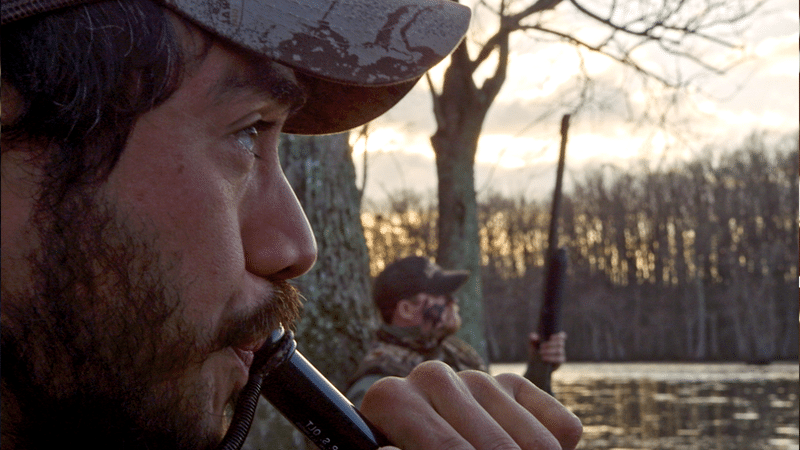
Nov. 3, 2021
Randy Zellers
Assistant Chief of Communications
LITTLE ROCK — The Arkansas Game and Fish Commission has changed the format of some of its popular permit-drawn waterfowl hunts to increase the opportunity for hunters throughout the state.
Nearly all of Arkansas’s famous public waterfowl hunting areas are open to the public during the season on a first-come, first-served basis, but a few locations are managed through drawn permit hunts to increase the hunt quality and reduce pressure on ducks and geese flying through The Natural State during the winter migratory period. Steve N. Wilson Raft Creek Bottoms Wildlife Management Area, Cypress Bayou WMA, Sheffield Nelson Dagmar WMA and Freddie Black Choctaw Island WMA all have special hunts on all or a portion of the hunting area. All of these areas, except Cypress Bayou WMA, will see some changes to increase hunting opportunities during the 2021-22 waterfowl hunting season.
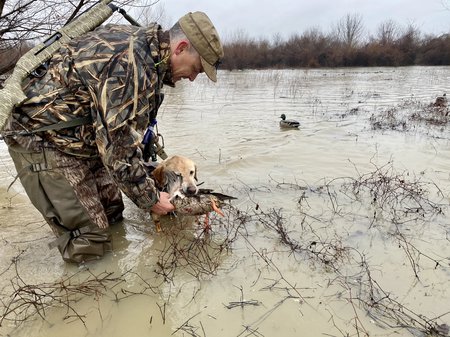
Raft Creek reorganization
Raft Creek WMA will see the largest departure from its historic permit process, going completely online with Saturday and Sunday drawings for the 2021-22 season. The WMA will remain open to waterfowl hunting without a drawn permit on Tuesdays and Thursdays during duck season.
The WMA was purchased in 2000 and was opened to hunting in 2002 after extensive habitat work on the former farmland. Hunting began with an onsite permit draw to prevent too much hunting pressure and help hunters spread out on the open habitat, a departure from Arkansas’s traditional public flooded bottomland hardwoods. The area has developed a healthy following of hunters since that time, and the draw hunts have been modified accordingly to offer more hunters opportunities to enjoy the resource. While the on-site draw system that historically occurred two hours before shooting light each Saturday and Sunday helped maintain hunt quality, it also carried the risk of traveling to the hunting area only to be turned away for the day.
“Going online hopefully opens up the draw to more people who want to hunt this moist-soil habitat,” Johnny Waldrup, regional supervisor at the AGFC’s Brinkley office, said. “Before, you had to show up to find out if you had a chance to hunt, and if you didn’t draw, you had to scramble to come up with a backup plan. Now you will know if you have a spot four or five days before your hunt and can plan for a good day or weekend if you’re lucky enough to draw both the Saturday and Sunday hunts.”
Waldrup says the second major change for the area will be the removal of designated hunting locations. This change was to enable hunters to make best use of the habitat and move where the birds are if other hunters are not already there.
“We’ll still keep the duck hole markers up for people to reference and for our management purposes,” Waldrup said. “But hunters will be able to move freely in the area and set up where they want. The only exceptions will be the mobility-impaired blind, the youth blind and the Magellan Tract. Those locations will still be managed through draw hunts on Tuesday, Thursday, Saturday and Sunday.”
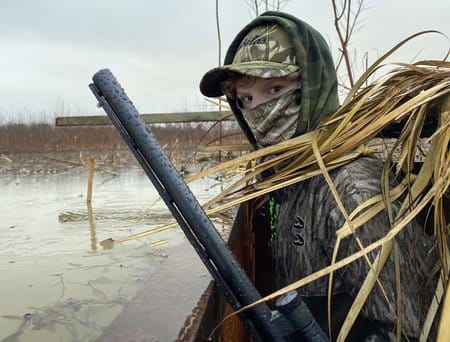
Youth blinds open for adults
Another change to draw hunts will take place on Sheffield Nelson Dagmar WMA and Freddie Black Choctaw Island WMA. Youth hunts on the 300-acre Conway George Tract of Dagmar and on the West Unit of Choctaw Island have been in place since 2013 and 2015, respectively. The youth hunts are by drawn permit on Saturday and Sunday during duck season, and have good chances of success for young waterfowl enthusiasts. Beginning this year, the three blinds on Dagmar and five blinds on Choctaw will be available for hunters of any age on Wednesdays as well. Weekend youth hunts will maintain their all-day hunting opportunity, but hunters must complete hunting and be off water-inundated areas by noon during the Wednesday adult hunt.
“It’s just another way we’re wanting to open up some opportunity for hunters on these special places, and the limited hunt during the middle of the week should not impact waterfowl patterns on the areas during the youth days,” Waldrup said.
Adults may still hunt on Saturdays and Sundays alongside a youth, but only one adult per youth is allowed to be in the hunting party, with a maximum of four hunters per drawn permit.
“It can be one adult and up to three youths or two adults and two youths, but the spirit of the weekend hunts in these blinds is to focus on the younger hunters and give them an enjoyable hunt,” Waldrup said. “The Wednesday morning hunts will offer the adults their chance to return and give it a shot.”
Luke Naylor, Waterfowl Program Coordinator for the AGFC, said he hopes the added opportunity shines some light on the blinds at these two areas.
“We haven’t seen the participation we had hoped for on the youth draws,” Naylor said. “We’re hoping that opening them up for adults on one day of the week gives them some added attention. Hopefully they’ll have some good hunts and return with their kids after they get the lay of the land.”
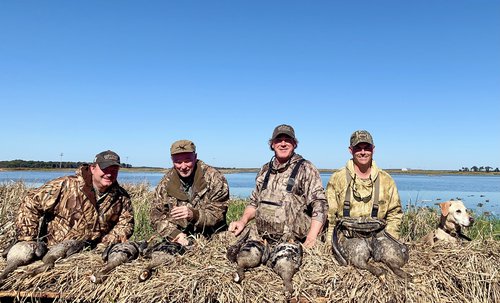
WRICE program continues evolution
No article about drawn permit waterfowl hunts in Arkansas should be written without including the latest expansion to hunting opportunities in The Natural State. The Waterfowl Rice Incentive Conservation Enhancement Program uses funds from the Natural Resources Conservation Service’s Voluntary Public Access and Habitat Incentive Program to offer waterfowl increased winter habitat on private rice fields and hunters the opportunity to hunt these fields through limited public draws. Originally developed through the AGFC as a way to increase waste rice availability for waterfowl by paying farmers to forgo fall tilling of their fields and flooding them for waterfowl use, WRICE has expanded to more than 3,800 acres of property that not only increases habitat, but also allows limited permit-based hunts on weekends during waterfowl season.
“We’ve surveyed hunters throughout the process and are always looking to make improvements to the program,” said Naylor. “This year, some fields were opened up for the early teal season as well as white-fronted and regular snow goose seasons.”
A dozen or so fields have been harvested and flooded in time for the early hunts, but the rest of the 40+ locations should be ready to go by regular duck-hunting season. This year, AGFC staff are also working with the landowners to enhance pits and blinds that may be on the area.
“Not all areas have a pit or blind, but those that do have them will get some extra attention to give hunters without portable blinds some added options for concealment,” Naylor said. “We also have all locations listed on an interactive map, so hunters can see where these fields are and where blinds and pits may be on the property to make more informed decisions about where they will apply.”
More information, including locations of WRICE fields can be found at www.agfc.com/WRICE.
Visit https://www.agfc.com/en/hunting/migratory-birds/waterfowl/special-waterfowl-permit-hunts/ to learn more about the AGFC’s waterfowl permit hunts and apply.
Recent News
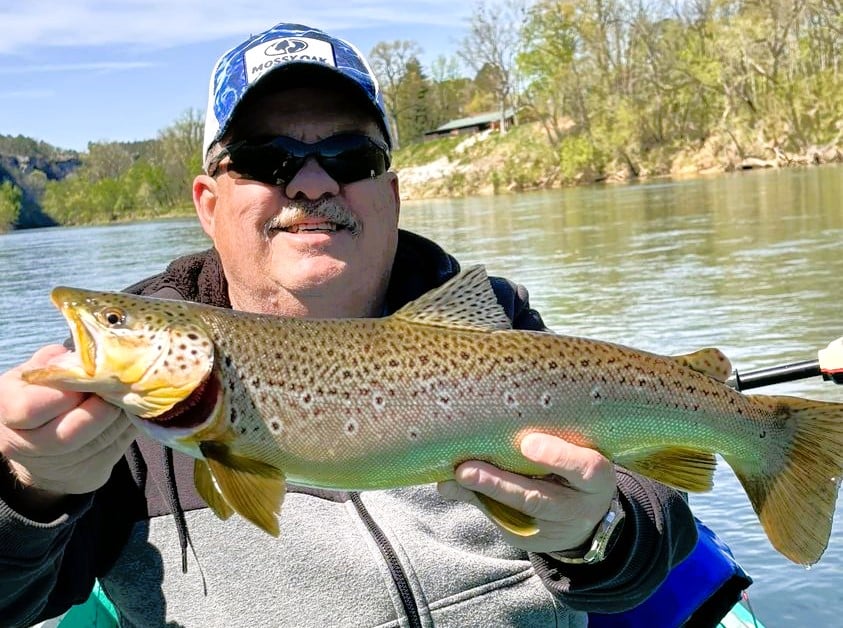
Arkansas Wildlife Weekly Fishing Report
Apr. 18, 2024
Subscribe to Our Weekly Newsletter E-mails
Don’t miss another issue. Sign up now to receive the AGFC Wildlife Weekly Newsletter in your mailbox every Wednesday afternoon (Waterfowl Reports are published weekly during waterfowl season and periodically outside the season). Fishing Reports arrive on Thursdays. Fill in the following fields and hit submit. Thanks, and welcome!

